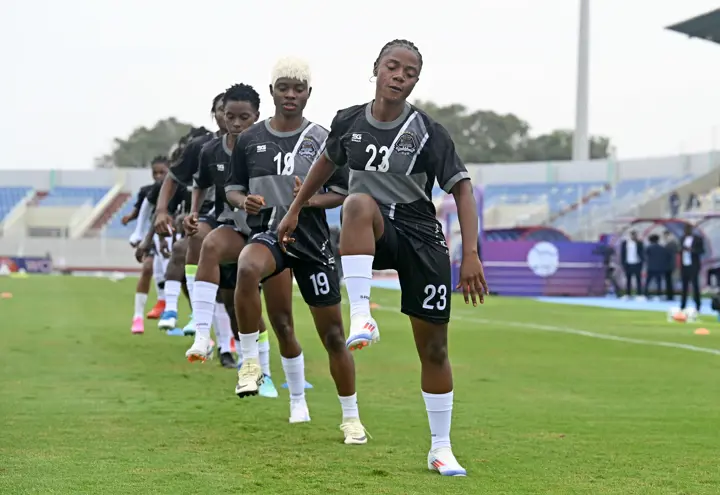The Confédération Africaine de Football (CAF) hosted its “Meet Our Coaches and Captains” session in Casablanca in line with the CAF Women’s Champions League Morocco 2024. Since 2018, CAF has fostered this dialogue to unite coaches, captains, and administrators, encouraging them to contribute to the growth of women’s football across Africa.
The event featured eight leading teams from across the continent, representing countries like Morocco, Nigeria, Egypt, Senegal, Ethiopia, South Africa, and DR Congo. Participating clubs included ASFAR from Morocco, FC Masar from Egypt, Edo Queens from Nigeria, and others, all competing at the highest level of African women’s football.
Mrs. Kanizat Ibrahim, CAF’s 5th Vice-President and Chairperson of the Women’s Football Organizing Committee, opened the session by underscoring CAF’s long-term commitment to advancing women’s football. She highlighted the financial and structural support provided to uplift the sport. Ibrahim emphasized that understanding the realities players and coaches face daily is critical for sustainable growth, stating, “Your contribution is so valuable… to ensure that the growth of women’s football is sustainable and tailored to the needs of those who live and breathe the game.”

This gathering is one of several similar initiatives that CAF holds alongside major women’s tournaments, such as the Women’s Africa Cup of Nations. Recent sessions have generated crucial recommendations, enabling CAF to implement changes, including improved training facilities, enhanced media coverage, and greater league professionalism in the 2023-2024 cycle.
CAF Head of Women’s Football, Meskerem Tadesse Goshime, stressed the value of direct feedback from teams, which has helped launch programs addressing the sport’s genuine needs. These dialogues have led to more teams joining tournaments, new competitions, and the introduction of a Coaching License for women. Raul Chipenda, CAF’s Director of Technical Development, encouraged open discussions on both achievements and challenges, with participants noting the need for continued improvements in training facilities, media coverage, sponsorships, and funding.
Sources




